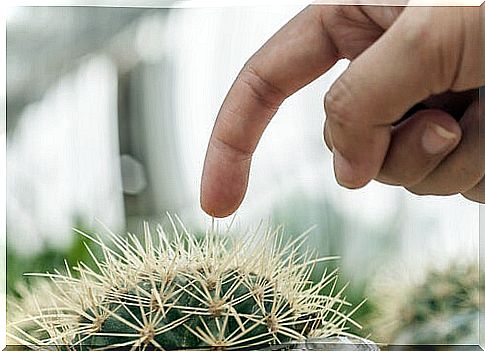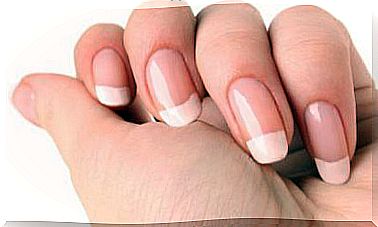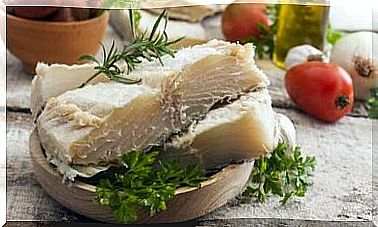What Do We Do If We Stick A Splinter?
We can apply these remedies before and after the extraction of the foreign body to reduce inflammation, as well as to avoid possible infections. In case of severe infection, it is essential to see a specialist.

It has ever happened to all of us that we have gotten a splinter, a thorn or something small and pointed that is difficult to remove, or that we have been able to leave a fragment inside the skin. In some cases we have even been infected and they had to open it to extract it.
In this article we explain how you can remove the splinter that you have nailed with natural remedies.
Steps we must follow
Most of the time when we stick a splinter, it only produces a little inflammation and it is easy to remove. Sometimes she even ends up going out alone.
However, it is important that we always treat the wound properly, as it could become infected.
- The first step is to clean the area with an antiseptic product.
- If it is easy to remove, we will do it ourselves with the help of tweezers.
- If it is complicated, we will have to make a poultice with one of the remedies that we explain in this article.
- We will repeat the application several times a day until the splinter appears and we can extract it.
- In some cases it will be necessary to use a sterile needle.
We always recommend seeing a doctor before performing any extraction, especially if the splinter is large, if it is deeply embedded or if there is pain or infection.

Natural antiseptic that you can use when you have nailed a splinter
For this remedy we have several options that will allow us to disinfect the affected area before and after the extraction.
Calendula
Excellent medicinal plant to treat open wounds, disinfect and reduce inflammation. Today there are many pharmacy remedies that are made from this flower.
Chamomile
This flower is not only antiseptic and anti-inflammatory, but it also helps relieve pain. Also, it is very easy to find anywhere.
Plantain
Plantain leaves (also known as plantago major ) can be very beneficial thanks to their anti-inflammatory properties. In addition, it is one of the best options if the splinter is large, since it also has hemostatic properties that can help stop the bleeding once we have removed it.
Thyme
Thyme flowers, a very common medicinal plant in our medicine cabinet, are also very useful for any type of open wound. This is due to its antimicrobial properties that help disinfect and also promote healing.
We will make a concentrated herbal tea from one or more of these antiseptic medicinal plants. Then, once it is warm, we will apply it to the skin.

A marshmallow poultice
If the splinter is difficult to remove because it is too deep or because the wound has closed, we recommend repeatedly applying a marshmallow-based poultice.
This plant is very effective in all types of irritations and inflammations such as, for example, insect bites, burns or rashes. This is due to its multiple properties, such as anti-inflammatory or soothing.
How do we prepare it?
- This remedy is made from the roots of the plant.
- We will boil 30 g of roots in 150 ml of water for 10 minutes.
- Once it reaches a boil, we will let it rest for 5 minutes with the fire off.
- Still hot, but without burning, we will use it to wet a gauze and apply it to the affected area for 5 minutes.
- After each application, we will rub a little of one of the antiseptic herbal teas (calendula, plantain, chamomile or thyme) to calm the area.
- We will repeat it several times a day until the splinter appears.
If there is infection
If we notice that a slight infection begins we can resort to one of the most suitable foods for these cases: garlic. This plant has been used for centuries to treat wounds and there are numerous studies that support its antibacterial properties.
- We will cut a piece of garlic and apply it directly to the wound. We will cover it with a tape and let it act until the next poultice application.
- Pure lavender essential oil is also a good preventative to avoid infection. One drop every 3 hours is enough to prevent. However, it must be a certified and quality oil.
In no case should we apply a synthetic essence.

To heal
Once we have extracted the splinter, we will continue applying the natural antiseptics until the wound closes.
If it is large or too visible, we can continue applying natural aloe vera gel to facilitate healing and promote the disappearance of the mark.
The most effective is to have the plant at home and cut pieces of the leaf, since many of the aloe vera gels that are marketed contain other ingredients that are not natural.
We hope that these tips and recommendations can be useful in case you find yourself in this situation. Remember that the best diagnosis and treatment of a serious or complicated wound will always be the specialist doctor.









